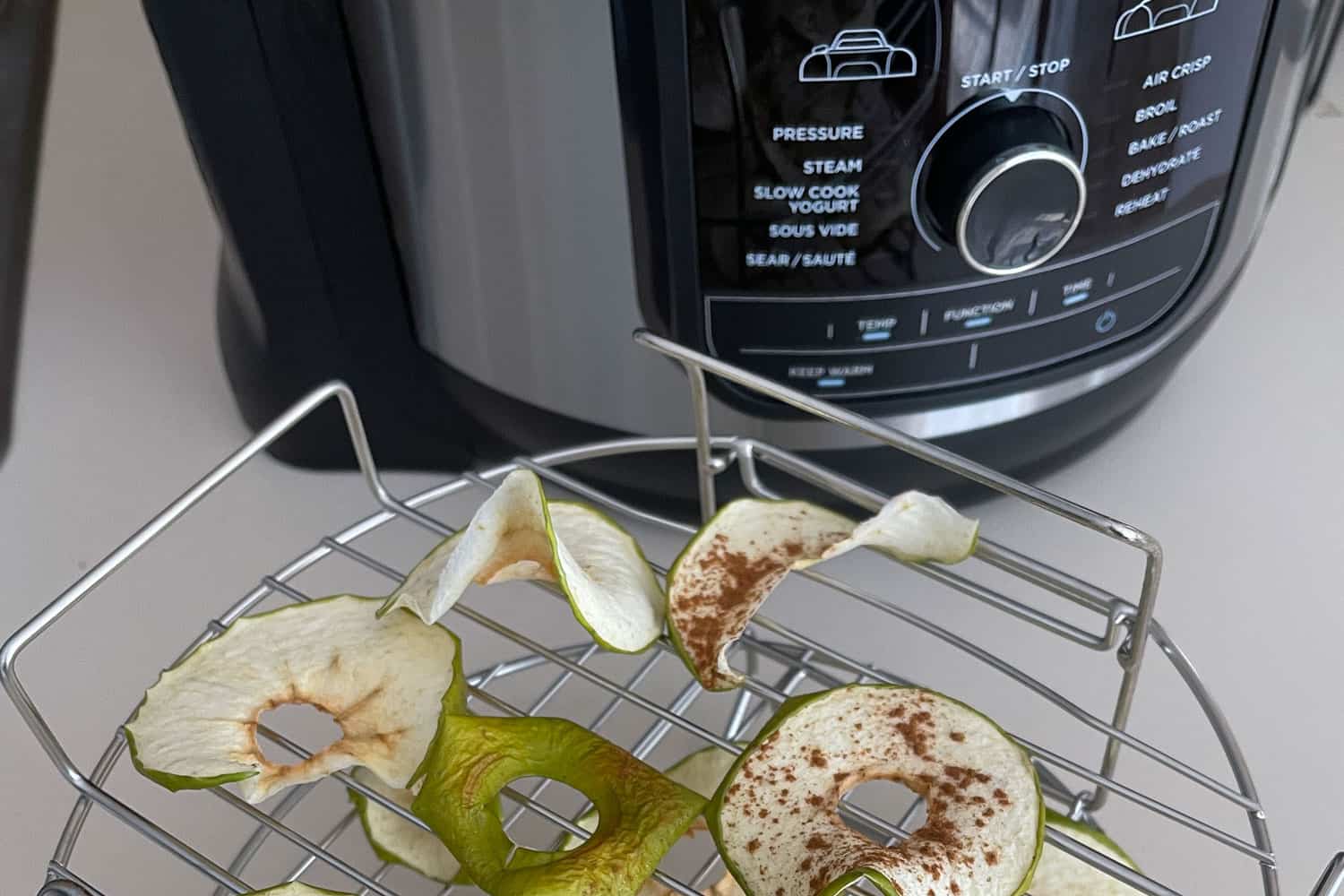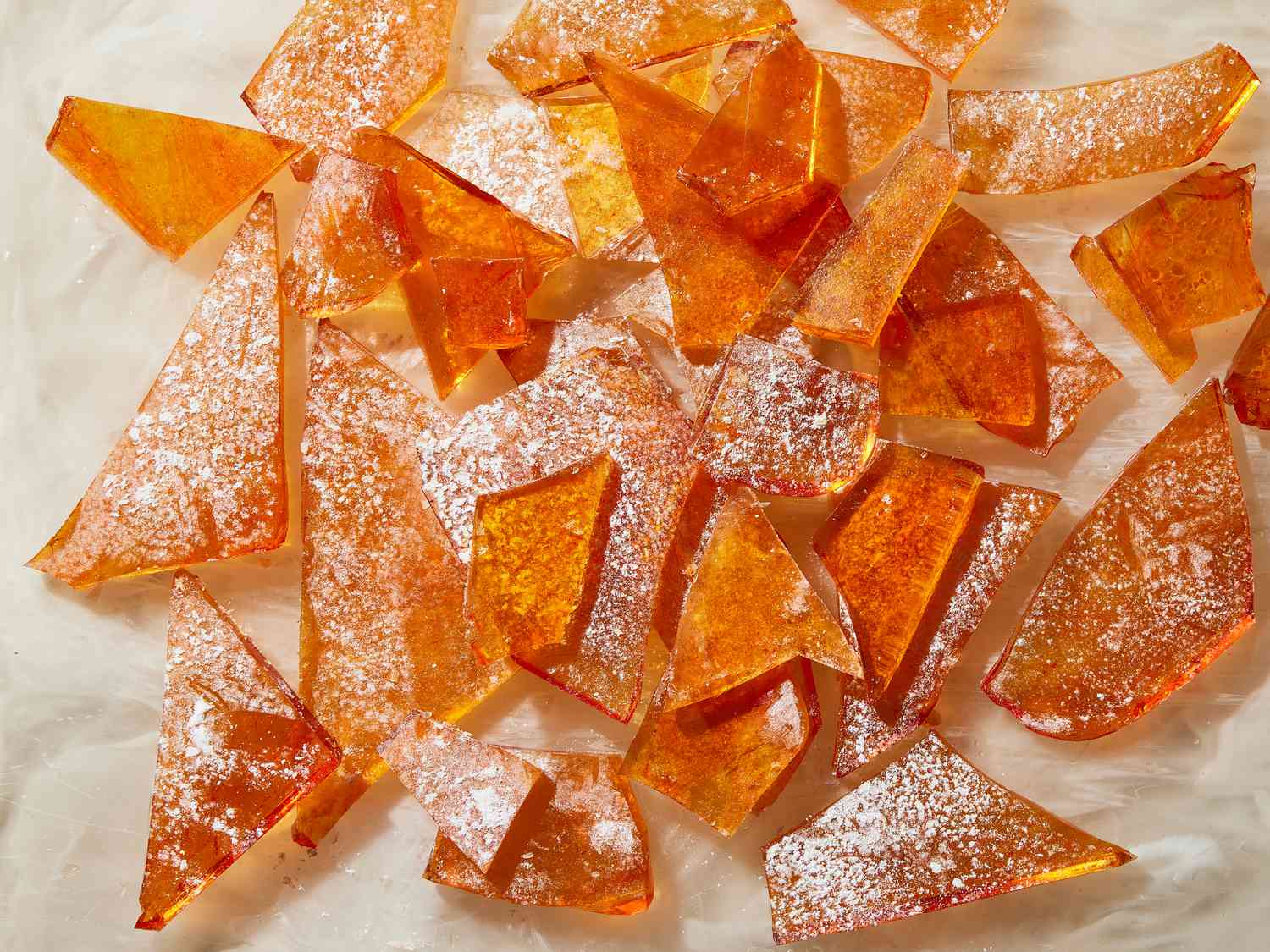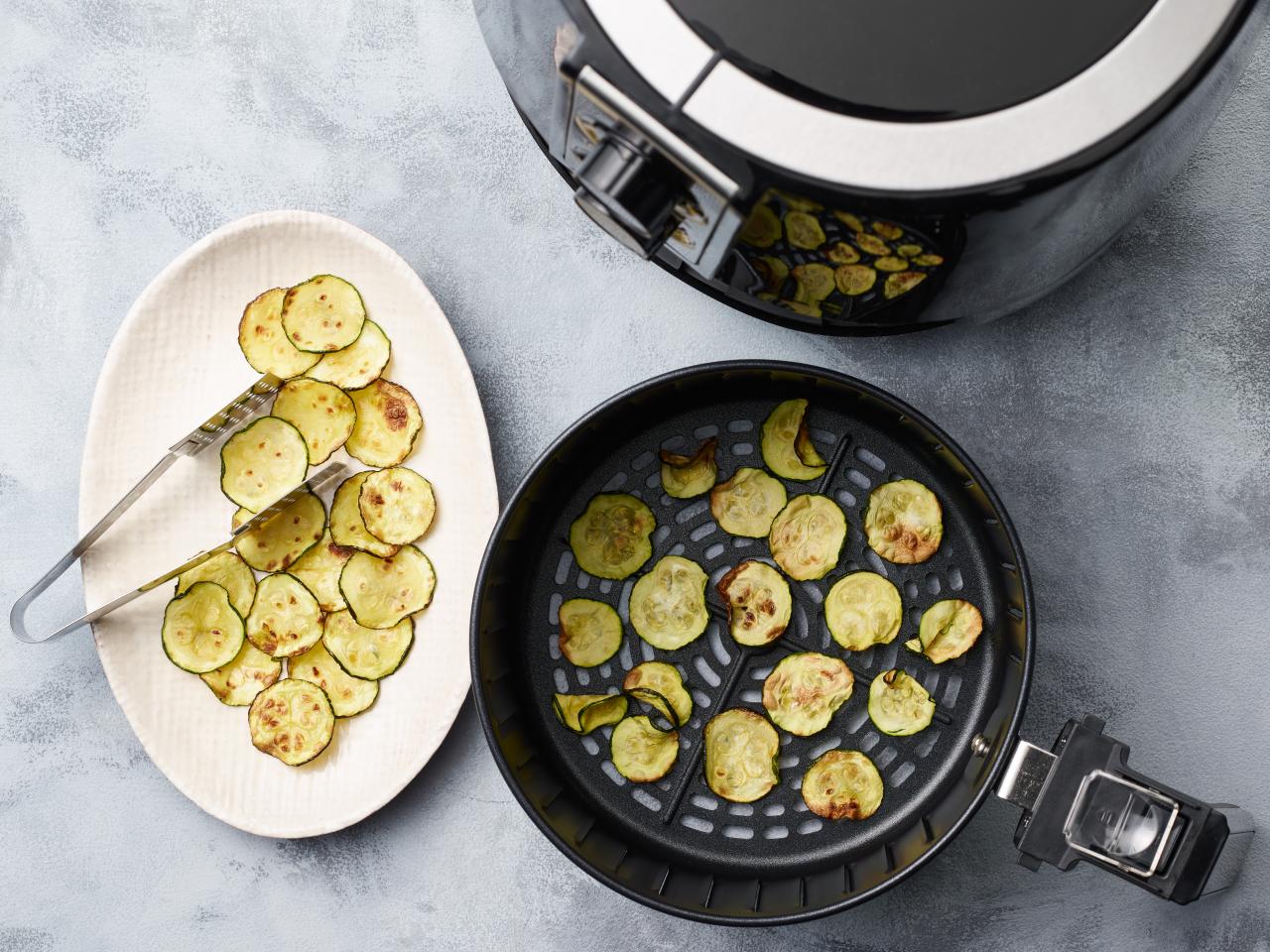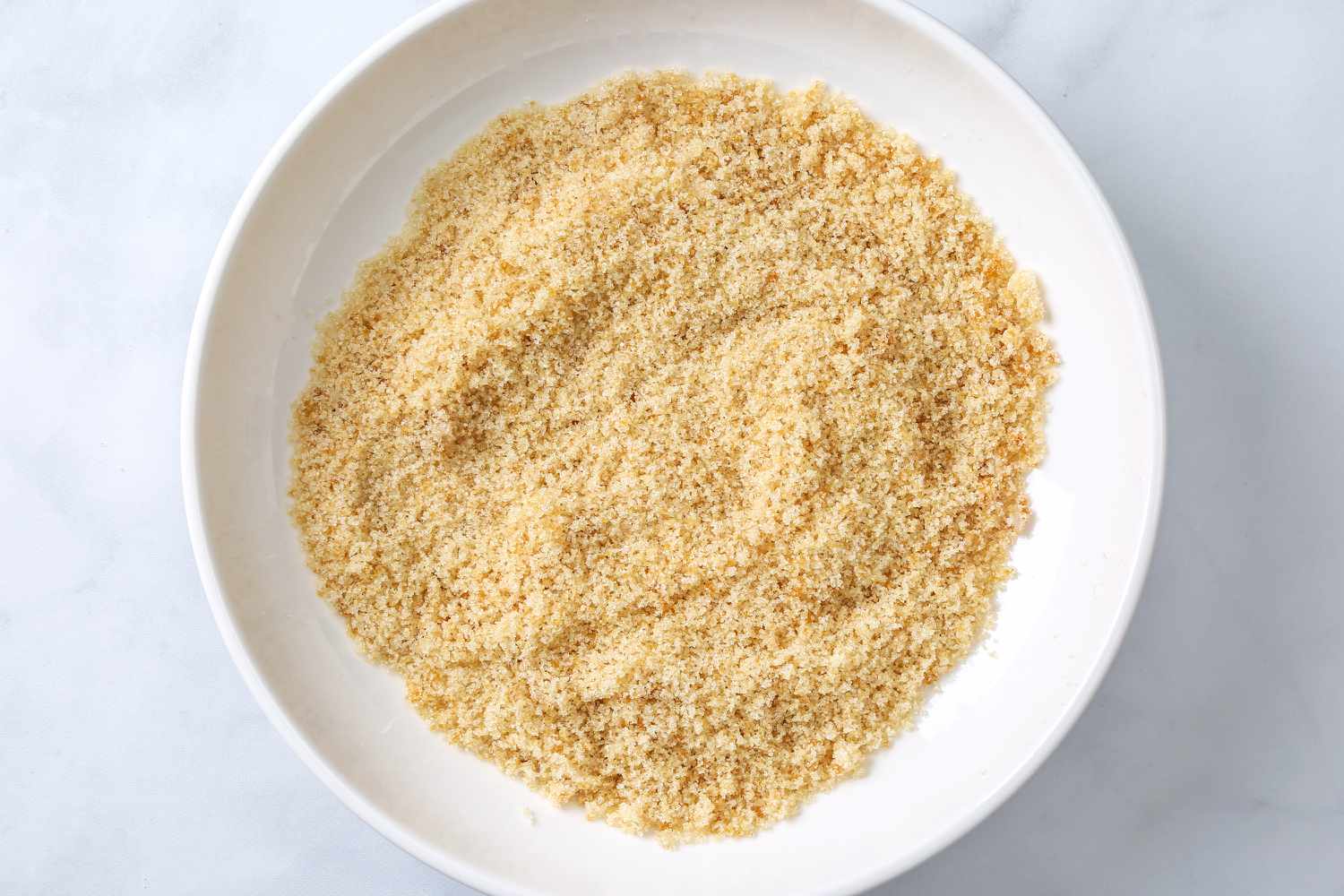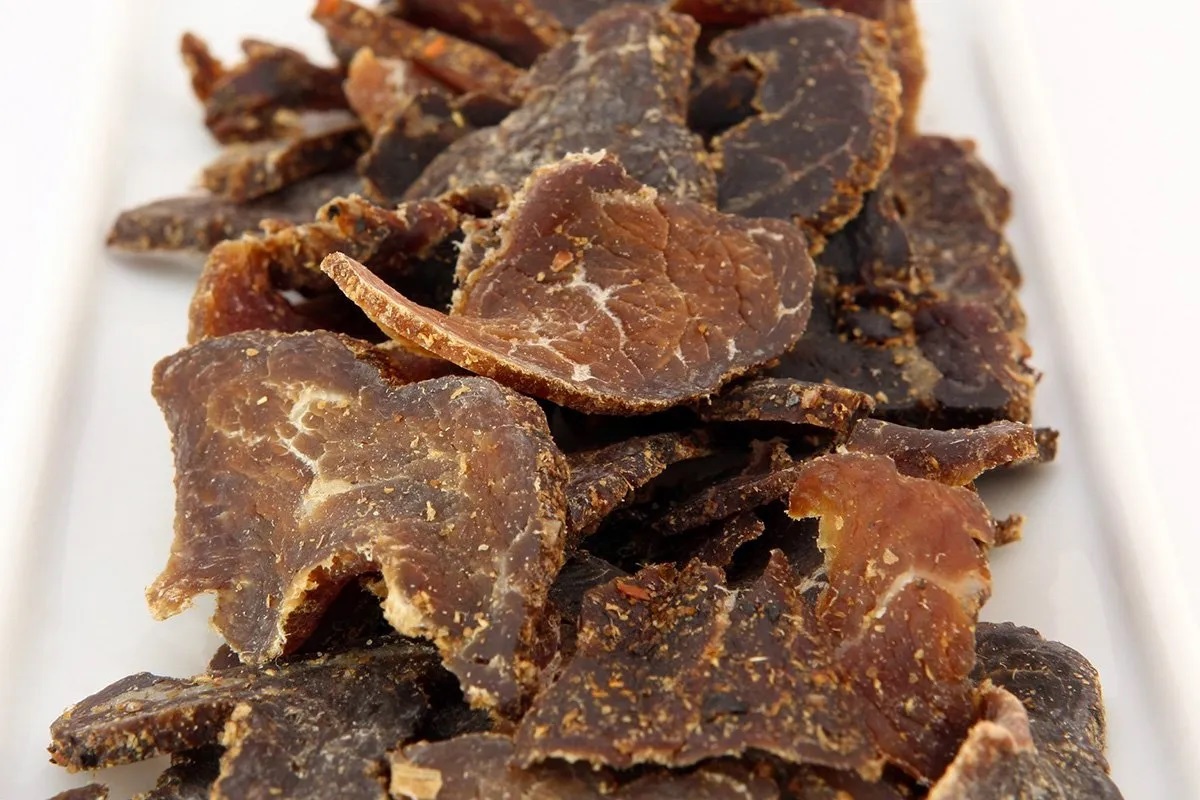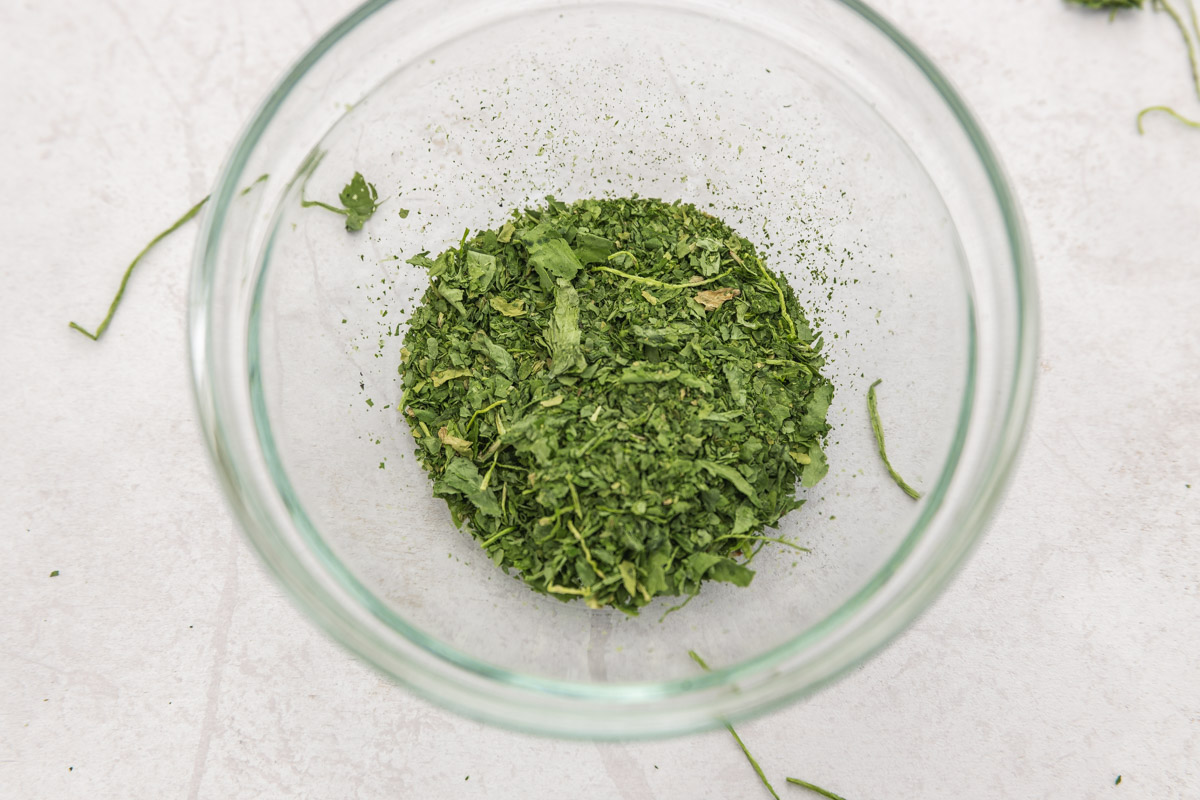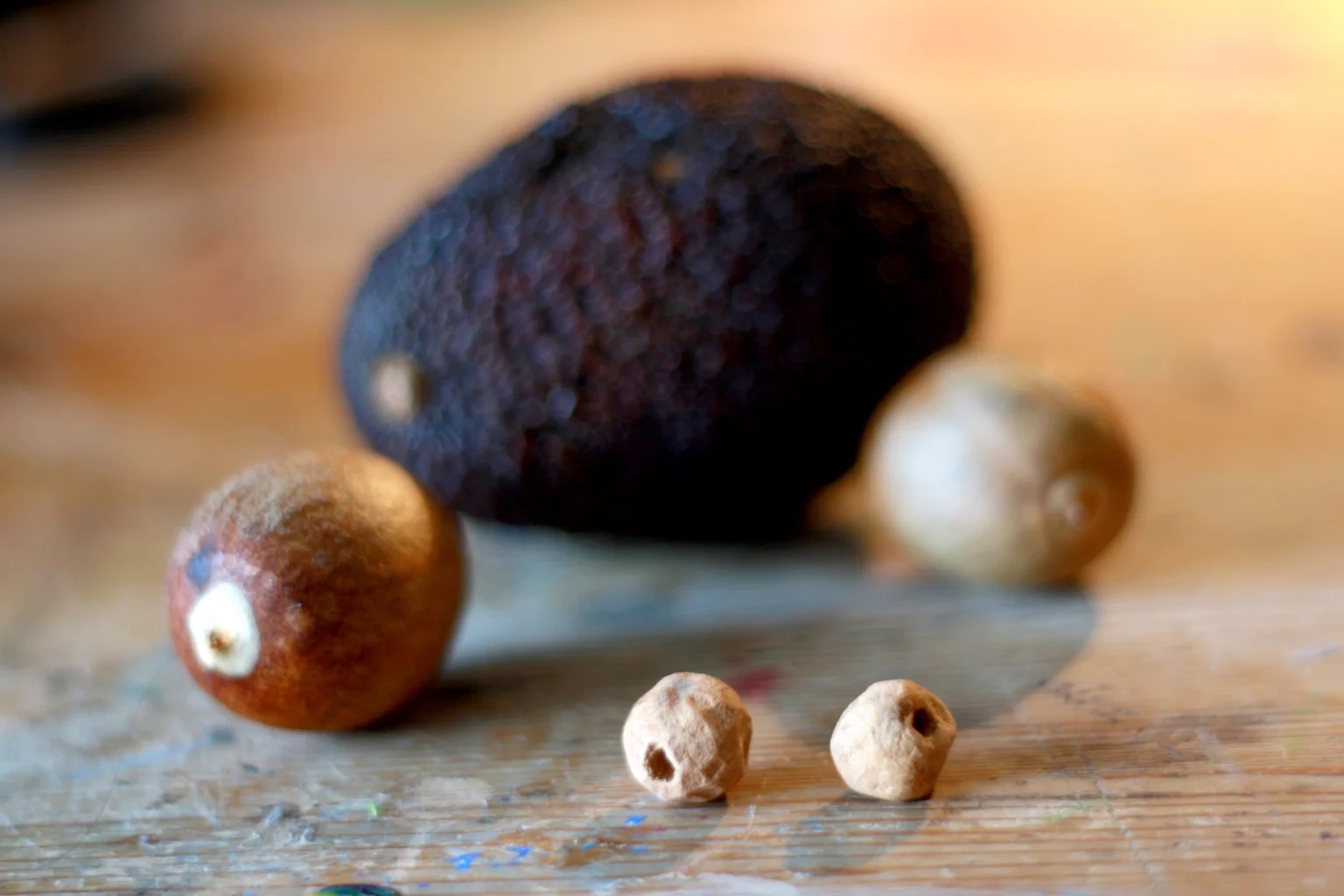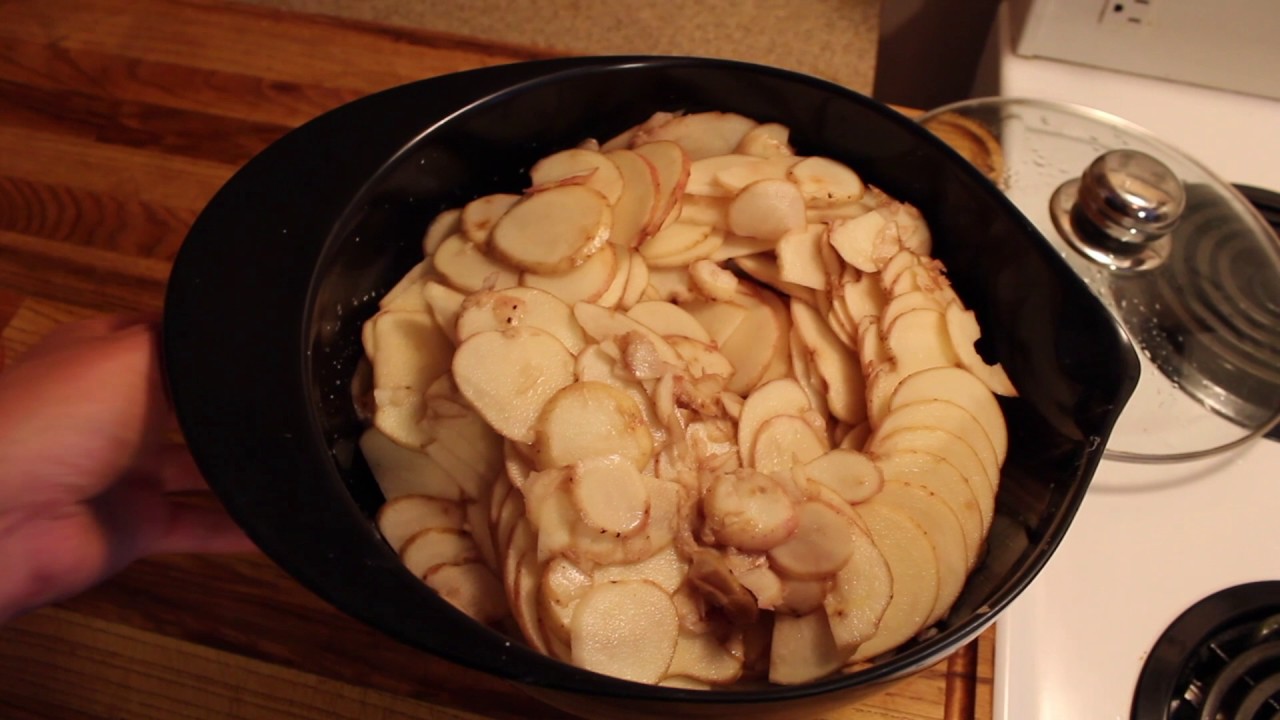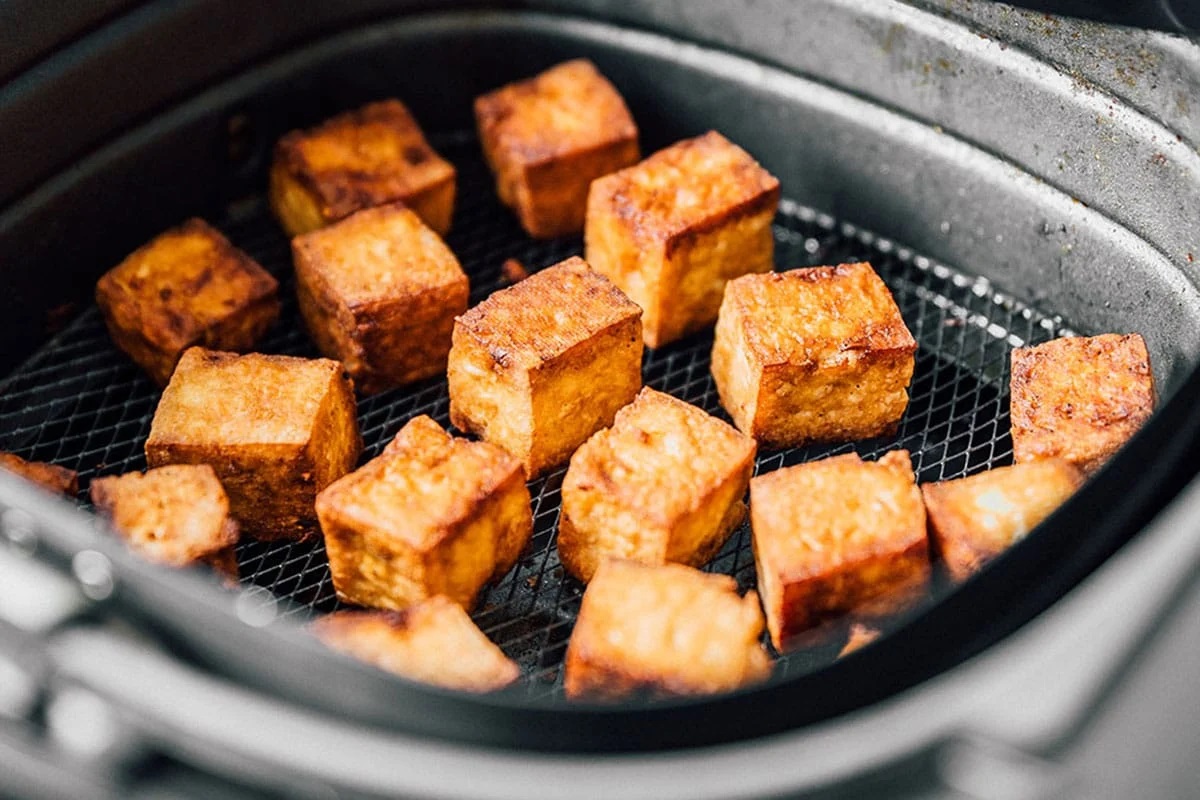How to Dehydrate Thyme: A Simple Guide
Thyme is a versatile herb that adds a wonderful flavor to a variety of dishes. If you have an abundance of fresh thyme and want to preserve it for future use, dehydrating it is a great option. Dehydrating thyme not only extends its shelf life but also concentrates its flavor, making it a convenient and flavorful addition to your spice collection. In this guide, we’ll walk you through the simple process of dehydrating thyme so that you can enjoy its aromatic goodness all year round.
What You’ll Need
Before you begin the dehydration process, gather the following supplies:
- Fresh thyme sprigs
- Sharp kitchen shears or a knife
- Dehydrator
- Mesh dehydrator trays
- Paper towels
- Airtight containers or glass jars for storage
Step-by-Step Instructions
Follow these simple steps to dehydrate thyme:
- Prepare the Thyme: Start by rinsing the fresh thyme sprigs under cold water to remove any dirt or debris. Pat them dry with paper towels and remove the leaves from the stems. Discard any tough or woody stems.
- Arrange on Dehydrator Trays: Lay the thyme leaves in a single layer on the mesh dehydrator trays, ensuring that there is space between the leaves for air circulation. This will help the thyme dry evenly.
- Set the Dehydrator: Place the loaded trays in the dehydrator and set it to a low temperature, around 95°F to 115°F (35°C to 46°C). Thyme is a delicate herb, so using a low temperature will help preserve its essential oils and flavor.
- Monitor the Drying Process: Check the thyme periodically to gauge its progress. Depending on the dehydrator and environmental conditions, the drying process can take anywhere from 1 to 4 hours.
- Test for Dryness: To test if the thyme is fully dehydrated, simply crumble a leaf between your fingers. If it easily crumbles and there are no signs of moisture, it is ready.
- Store the Dehydrated Thyme: Once the thyme is completely dry, allow it to cool to room temperature before transferring it to airtight containers or glass jars. Store the containers in a cool, dark place away from direct sunlight and moisture.
Tips for Success
Here are a few tips to ensure successful thyme dehydration:
- Choose fresh, vibrant thyme sprigs for the best flavor and aroma.
- Remove any discolored or damaged leaves before dehydrating.
- Avoid overcrowding the dehydrator trays to promote even drying.
- Label the storage containers with the date of dehydration to keep track of freshness.
Using Dehydrated Thyme
Once you have successfully dehydrated your thyme, you can use it in a variety of culinary applications. Whether you sprinkle it over roasted vegetables, add it to soups and stews, or incorporate it into homemade spice blends, dehydrated thyme adds a burst of flavor to your favorite dishes. Remember that dehydrated herbs are more potent than fresh ones, so adjust the quantities accordingly in your recipes.
By following these simple steps, you can easily dehydrate thyme and have it readily available for all your cooking adventures. Enjoy the convenience and flavor of dehydrated thyme in your kitchen!
Now that you know how to dehydrate thyme, it’s time to roll up your sleeves and get started. With this simple preservation method, you can savor the delightful taste and aroma of thyme in your culinary creations throughout the year.
More Delicious Recipes Featuring Dehydrated Thyme
After mastering the art of dehydrating thyme, you're well-prepared to enhance your kitchen repertoire with a variety of flavorful recipes. Each dish embraces the aromatic intensity of dehydrated thyme, promising to transform your everyday meals into gourmet experiences. For a comforting and savory option, try the Creamy Thyme and Mushroom Soup—its rich flavors are perfect for chilly evenings. If you're in the mood for something hearty, the Beef Stew with Dehydrated Thyme and Root Vegetables offers a robust taste that showcases how dehydrated thyme can deepen the flavors of traditional dishes. For those looking to impress at their next dinner party, the Thyme and Lemon Dehydrated Herb Crusted Fish is a must-try, providing a crisp and zesty edge to a seafood classic. Each recipe not only allows you to apply your new skills but also to savor the enhanced flavors that dehydrated thyme brings to the table.
Was this page helpful?
Read Next: How To Dehydrate Peppers With Nuwave Oven
